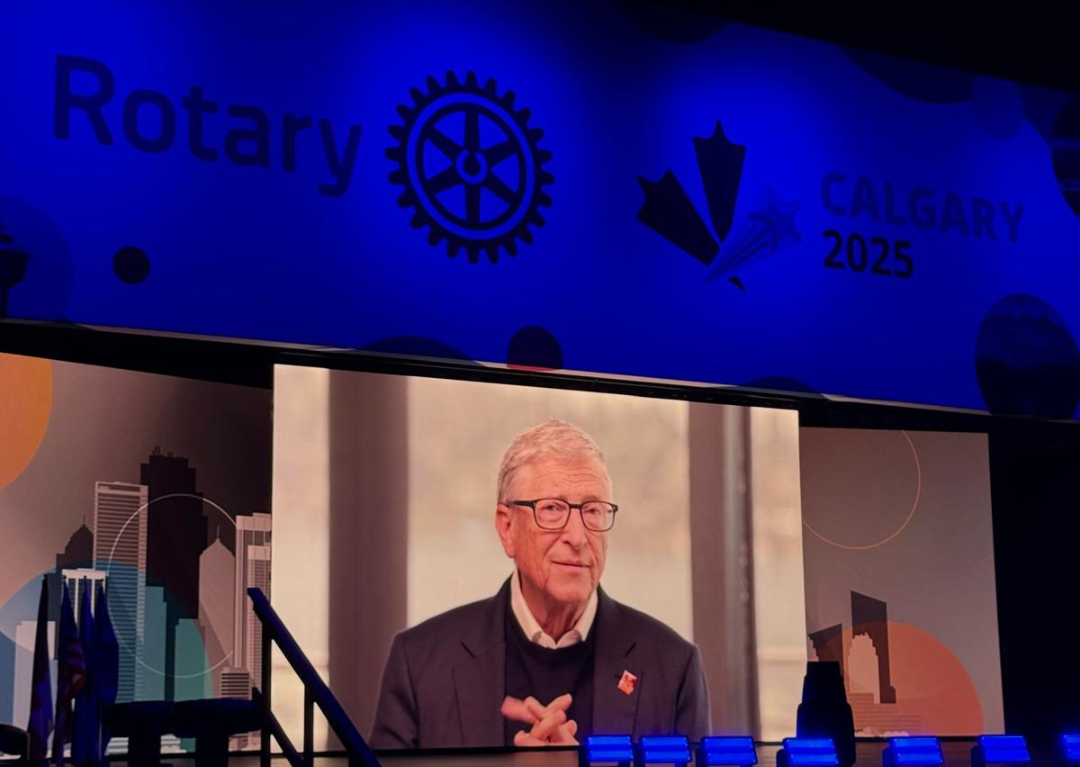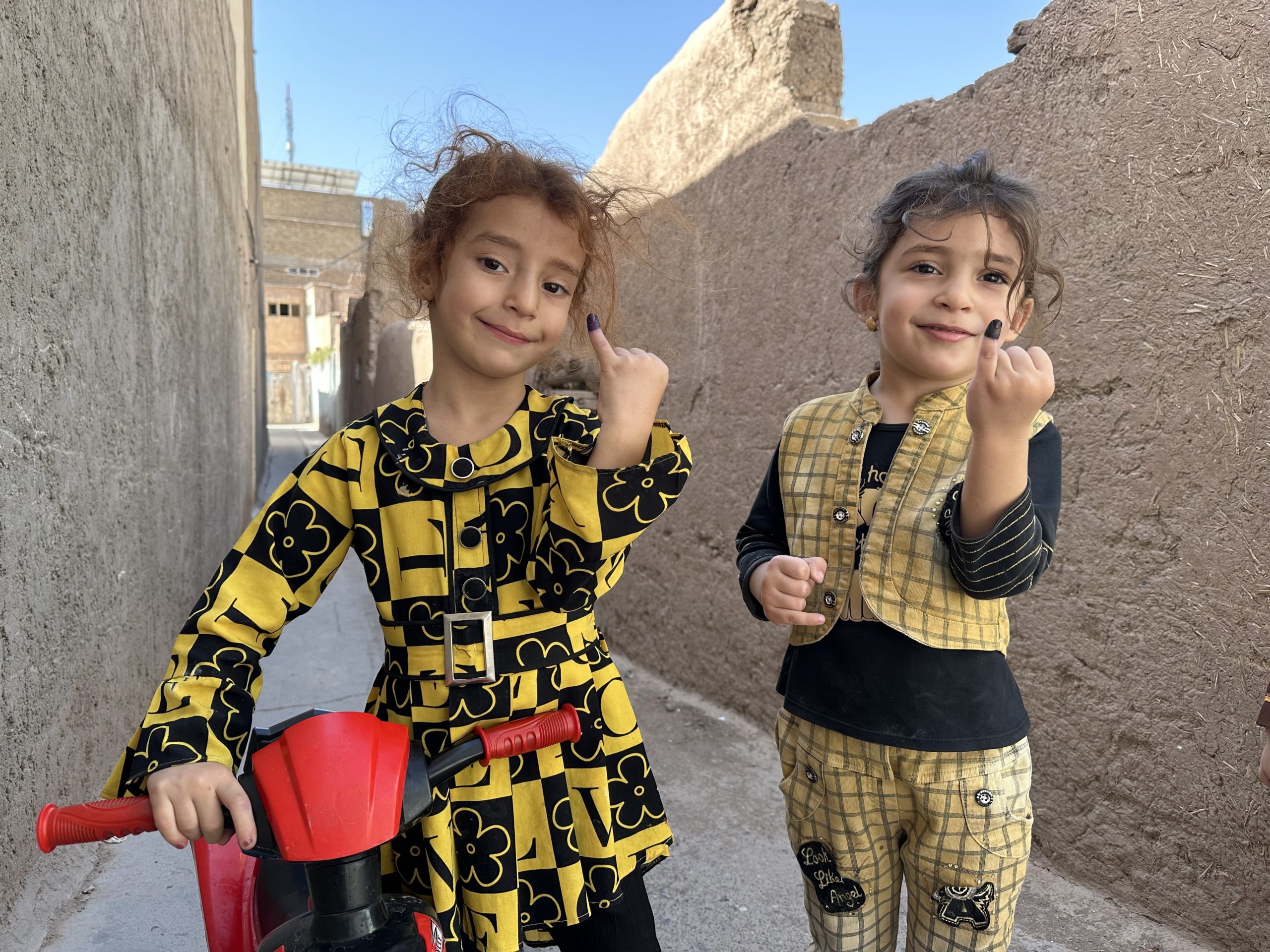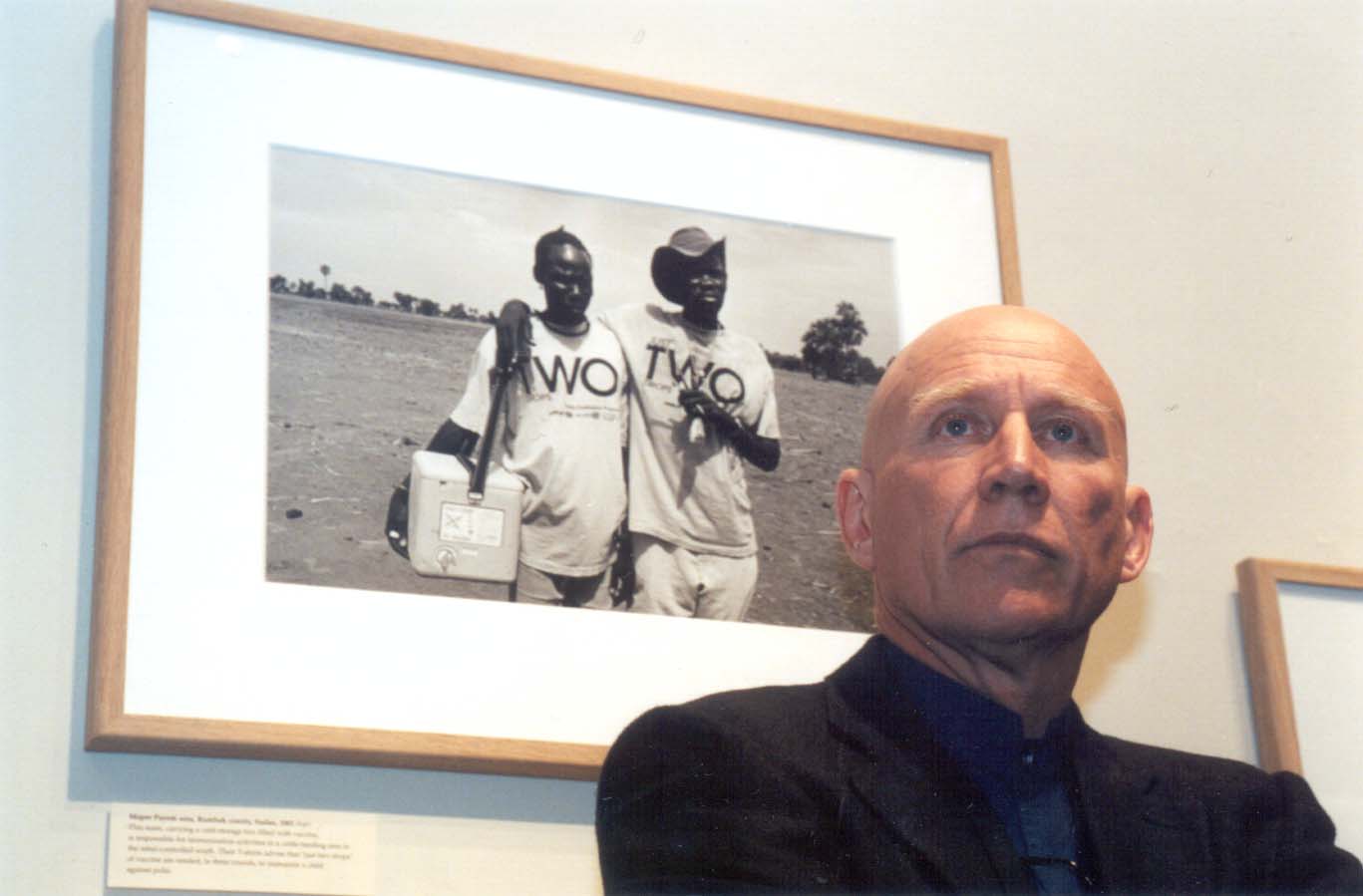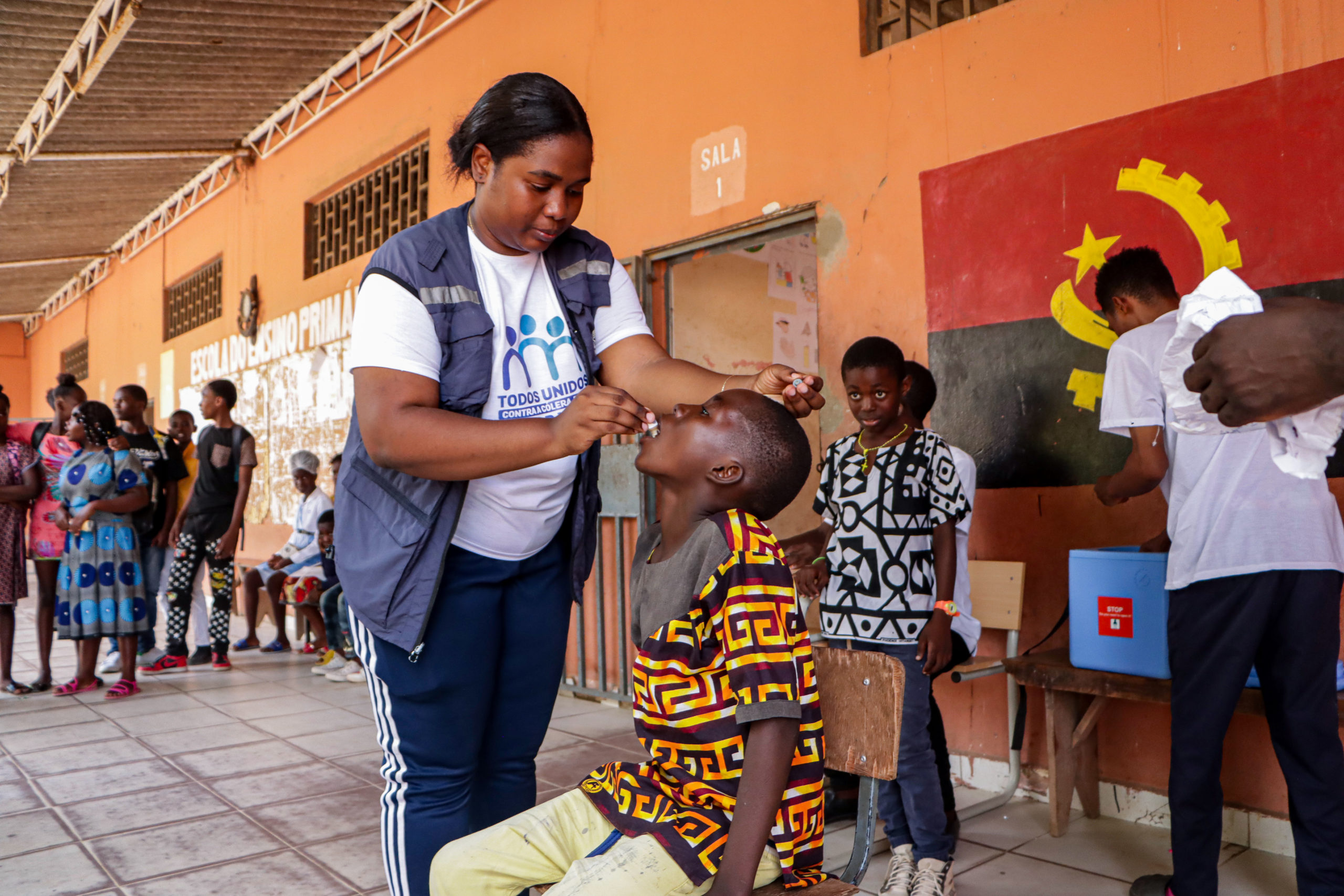On 27 March 2014, India was officially certified wild polio-free. This pivotal moment not only marked a triumph for the country itself, but as the last country battling the virus in the WHO South-East Asia Region (SEARO), it also paved the way for the entire SEARO region to be certified wild polio-free—a massive undertaking for the world’s largest region, spanning from India to Indonesia.
As we celebrate the 10-year anniversary of this triumph, we catch up with a few experts who worked on polio eradication India – Deepak Kapur (Chairman, Rotary International’s Polio Plus Committee), Dr. Roma Solomon (Former Executive Director, CORE Group Partners Project India Secretariat), Dr. Jay Wenger (Director, Polio, Bill & Melinda Gates Foundation), and Dr. Naveen Thacker (President, The International Pediatric Association). Their reflections serve to remind us of the collective will and commitment that made overcoming a seemingly insurmountable health challenge possible.



